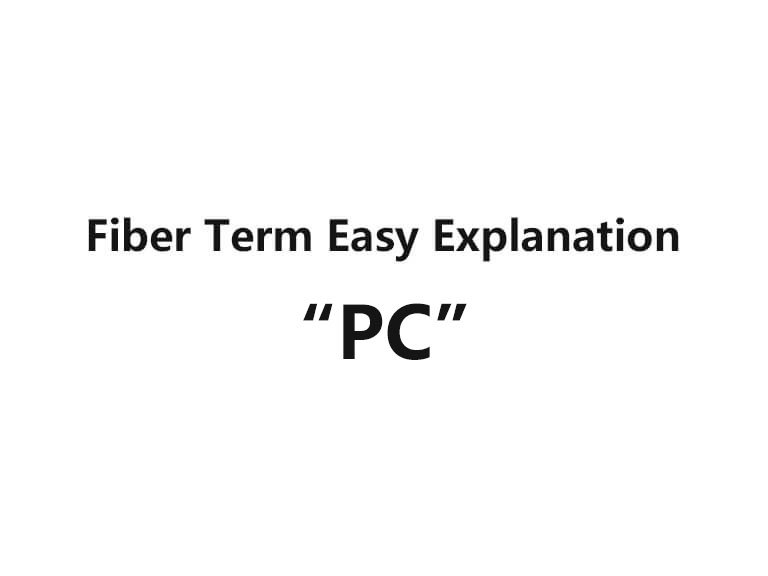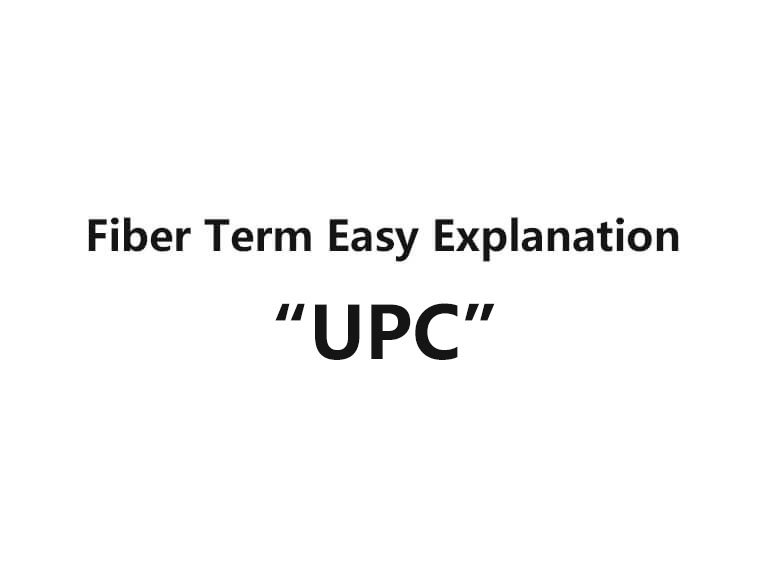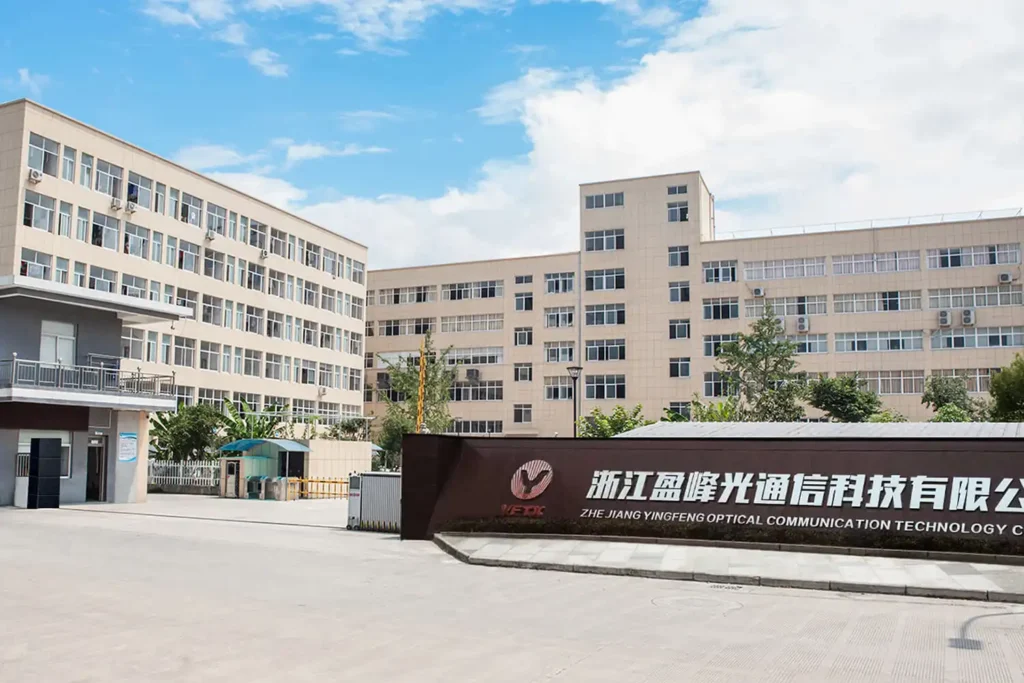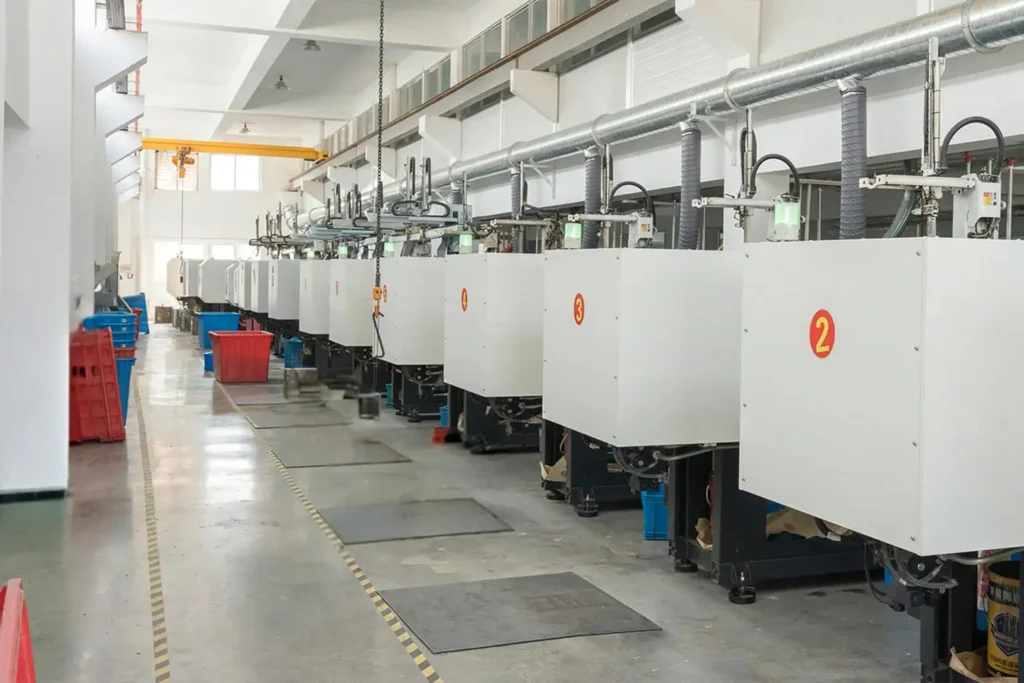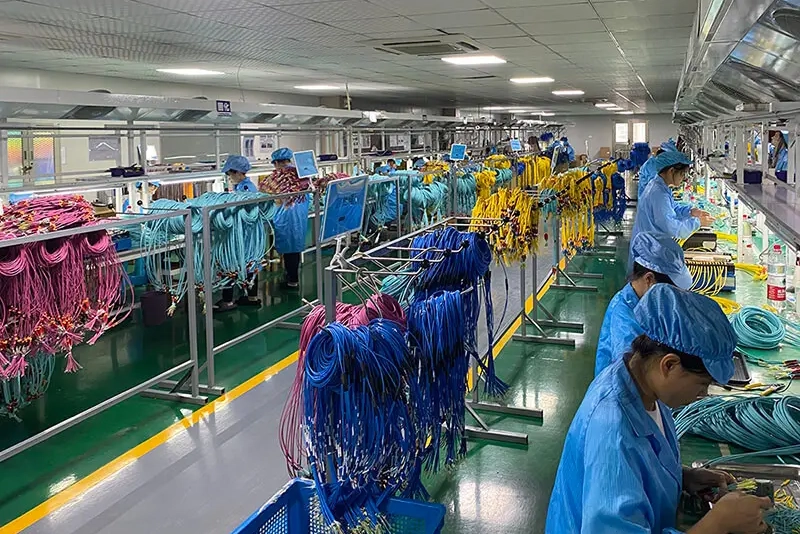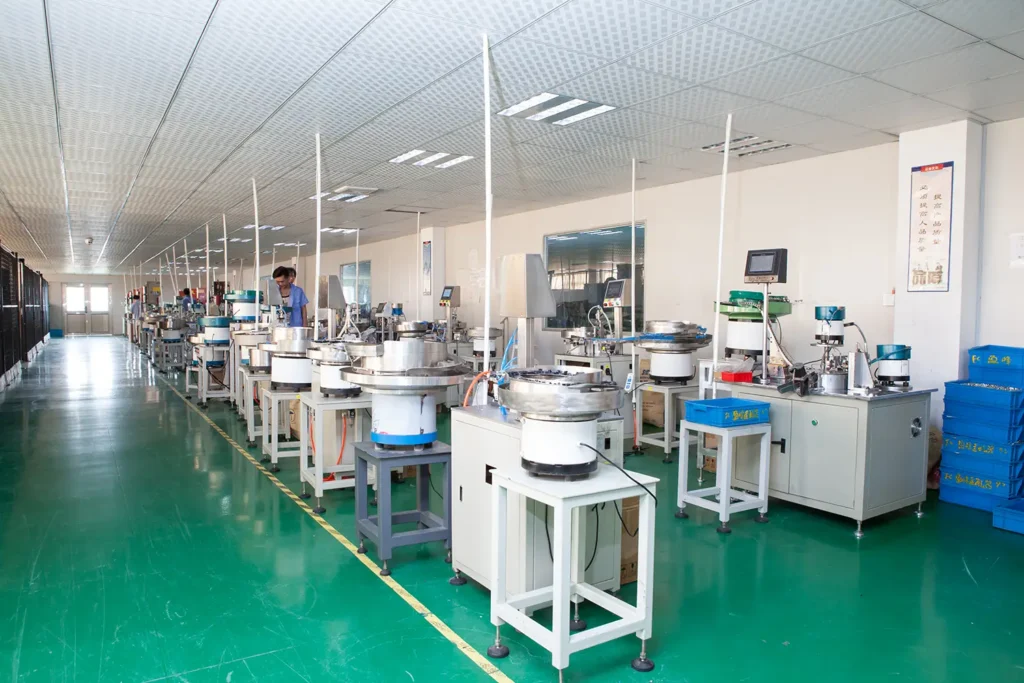If you’re just stepping into the world of fiber optics, all the technical terms and abbreviations can feel overwhelming. That’s why I created this fiber glossary series — to help you understand what these terms really mean, in the simplest way possible.
I’ll explain everything from an industry insider’s point of view, using real photos whenever I can (not just fancy renders). I also avoid overly complex explanations, keeping the language clear and direct, so you can be confident you’ll understand the real meaning of these terms after reading.
Related Fiber Optic Terms
Here are some other fiber optic glossary entries you might find useful. Click to learn more:
Today, we’re going to talk about: FTTR.
TABLE OF CONTENTS
So What Is FTTD?
Let’s start simple: FTTR stands for Fiber to the Room.
In an FTTR setup, fiber optic cables don’t just stop at your home’s entry point or your living room — they extend into every room that needs a high-speed internet connection. It’s like giving every room its own private highway for data, instead of sharing one single road.
This approach is becoming more popular in modern smart homes, luxury apartments, and businesses where fast, stable internet is needed everywhere — from bedrooms and home offices to entertainment rooms.

Image Source: ZTE
Why “to the Room” Instead of Just “to the Home”?
Traditional FTTH (Fiber to the Home) means fiber runs to a central point in your home — usually near your router. The rest of your home’s devices connect via Wi-Fi or internal wiring.
But here’s the problem:
- Wi-Fi signals weaken through walls and long distances.
- Copper or Ethernet cables can have speed limitations.
- Large homes or complex layouts suffer from “dead zones.”
FTTR solves this by putting fiber connections directly in each room where internet is needed. That means:
- Zero speed loss over distance.
- No interference from walls or furniture.
- Stable performance for every device.
Where Is FTTR Used?
- Smart Homes – Seamless connectivity for smart TVs, voice assistants, security cameras, and more.
- Remote Workspaces – Dedicated fiber in home offices ensures smooth video calls and file uploads.
- Luxury Apartments & Villas – High-end living spaces often use FTTR to meet demanding connectivity needs.
- Hotels & Resorts – Every room gets its own high-speed fiber connection.
- Enterprise Offices – Ideal for conference rooms, design studios, and labs.
FTTR vs. Wi-Fi Mesh
Some people wonder: why not just install a Wi-Fi mesh system?
Mesh Wi-Fi extends wireless coverage, but it still depends on wireless signal quality and can suffer from interference.
FTTR, on the other hand, delivers a full-speed fiber connection to each room, and then you can still use a Wi-Fi access point there for local wireless devices. It’s like giving each room its own personal internet source, instead of sharing one.
How Is FTTR Installed?
FTTR installation involves:
- Main Fiber Entry – Fiber enters the home from the service provider.
- Central Distribution Point – Usually a fiber termination box in a utility area.
- Room-by-Room Fiber Runs – Thin, flexible optical cables are routed through walls, ceilings, or discreet surface channels.
- Room Termination Points – Each room gets a small outlet or ONT (Optical Network Terminal).
- Optional Wi-Fi Access Points – Installed at each termination point if wireless coverage is needed.
Modern bend-insensitive fiber makes this much easier — it can run along wall edges without affecting performance.

FTTR in the Real World – Example: Movistar FTTR
Telecom providers like Movistar have been rolling out Fibra FTTR services, especially in Europe and Latin America.
These offerings target households that want gigabit speeds in every room without relying on patchy Wi-Fi.
Movistar’s FTTR packages often include:
- Professional fiber installation to multiple rooms.
- Wi-Fi 6 routers at each fiber endpoint.
- Centralized network management via mobile apps.
Benefits of FTTR
- Ultra-High Speeds – Up to multi-gigabit bandwidth per room.
- Low Latency – Perfect for gaming, 4K/8K streaming, VR.
- Scalability – Easy to add new rooms to the network.
- Reliability – Immune to most environmental interference.
- Future-Proof – Supports next-gen applications like holographic calls and AI-driven smart homes.

Any Downsides?
- Installation Cost – More expensive than a single FTTH point.
- Invasive Setup – May require minor wall drilling or surface cabling.
- Overkill for Small Homes – Not necessary if one Wi-Fi router already covers your entire space.
FAQ: Common Questions About FTTD
What does FTTR mean?
FTTR stands for Fiber to the Room. It means running fiber optic cables directly into each room that needs an internet connection, instead of stopping at one central point in your home.
Is FTTR better than Wi-Fi mesh?
Yes, in terms of speed and stability. A mesh system still relies on wireless signals, which can be affected by walls or interference. FTTR delivers full-speed fiber to each room, and you can still add Wi-Fi there if needed.
How much does FTTR installation cost?
It depends on the size of your home, the number of rooms, and your internet provider. In general, it’s more expensive than standard FTTH because of the extra fiber runs, but prices are dropping as it becomes more common.
Who needs FTTR?
FTTR is ideal for large homes, luxury apartments, smart homes, hotels, and offices where every room needs high-speed, low-latency internet for work, gaming, streaming, or connected devices.
Can I install FTTR myself?
While DIY kits exist, most FTTR installations are done by professionals. This ensures proper fiber handling, splicing, and routing for the best performance.
In Summary
FTTR takes the concept of fiber connectivity to the next level by bringing dedicated fiber lines into each room. For large homes, offices, and smart buildings, it means every corner gets the same high-speed, reliable internet as the main living room.
In short:
- FTTH = Fiber to your house.
- FTTR = Fiber to every room inside your house.
Still Have Questions?
If you’re still unsure about something, feel free to reach out.
Want to explore more fiber optic terms? Head over to our blog section.
If the term you’re looking for isn’t covered yet, let me know — I’ll add it to the priority list!
And lastly — if you’re a telecom provider, network operator, or involved in fiber infrastructure development and looking for a reliable partner in fiber optic components — feel free to contact to us.



